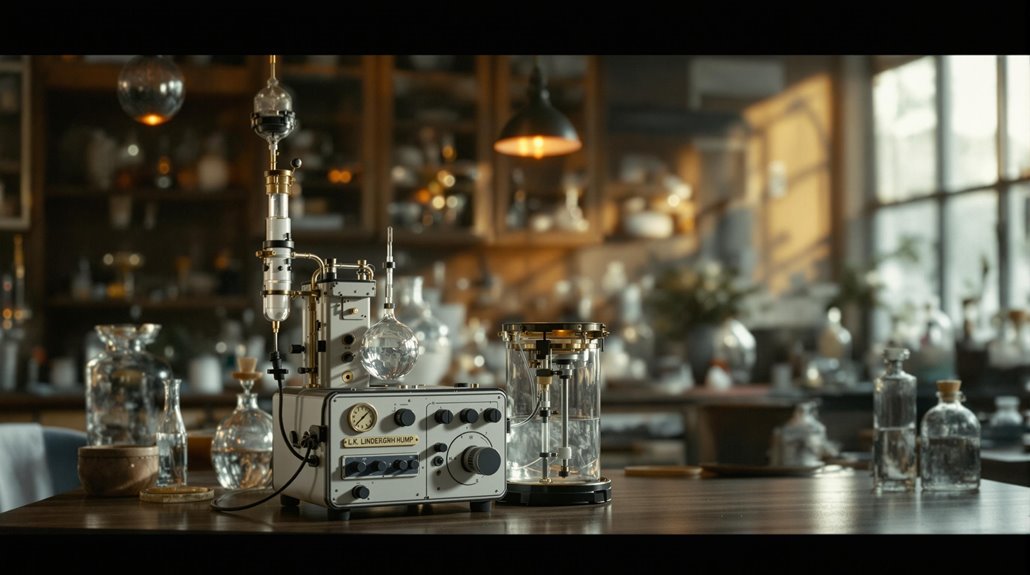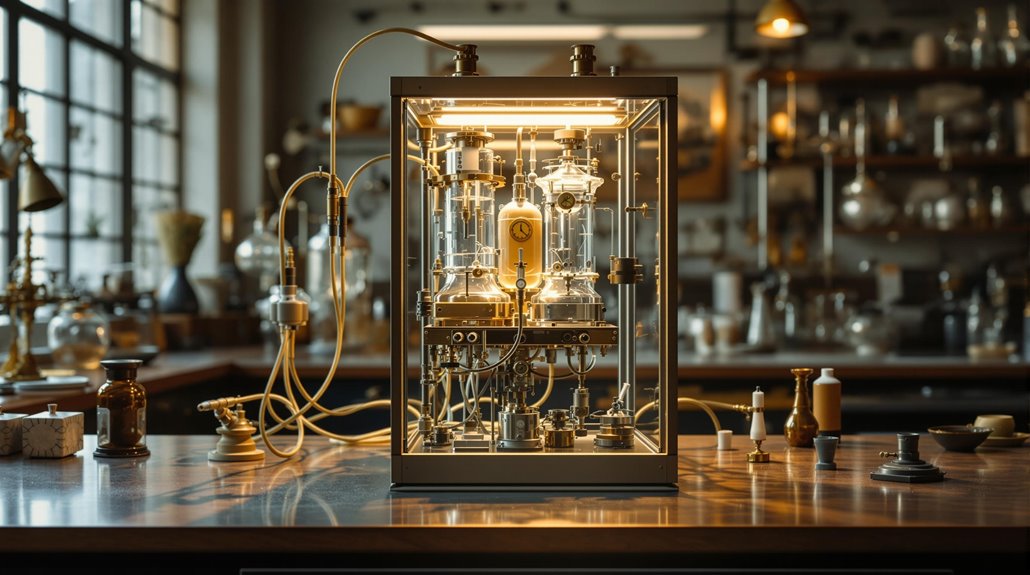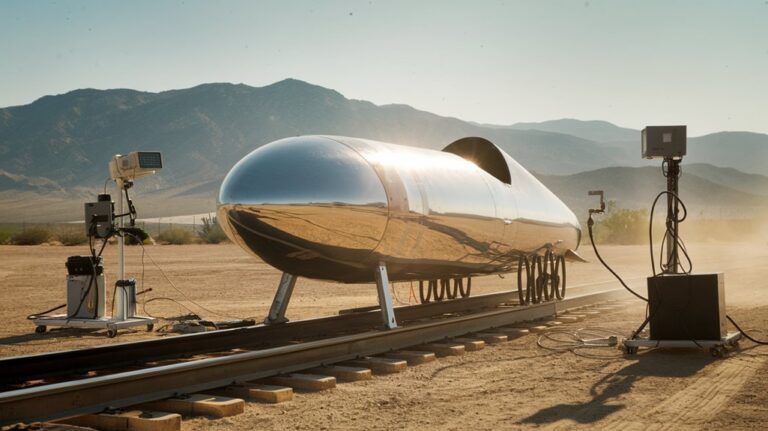Charles Lindbergh’s Odd Contribution to Medical Science
While you might know Charles Lindbergh solely as the first pilot to cross the Atlantic solo, there's a fascinating medical breakthrough you haven't heard about. You won't find this story in most aviation books, but it's changed countless lives. When his sister-in-law's heart condition sparked an unlikely partnership with a Nobel Prize-winning surgeon, Lindbergh didn't just watch from the sidelines – he engineered a device that revolutionized organ transplantation and opened doors to modern surgical techniques.
The Personal Journey Behind Lindbergh's Medical Innovation
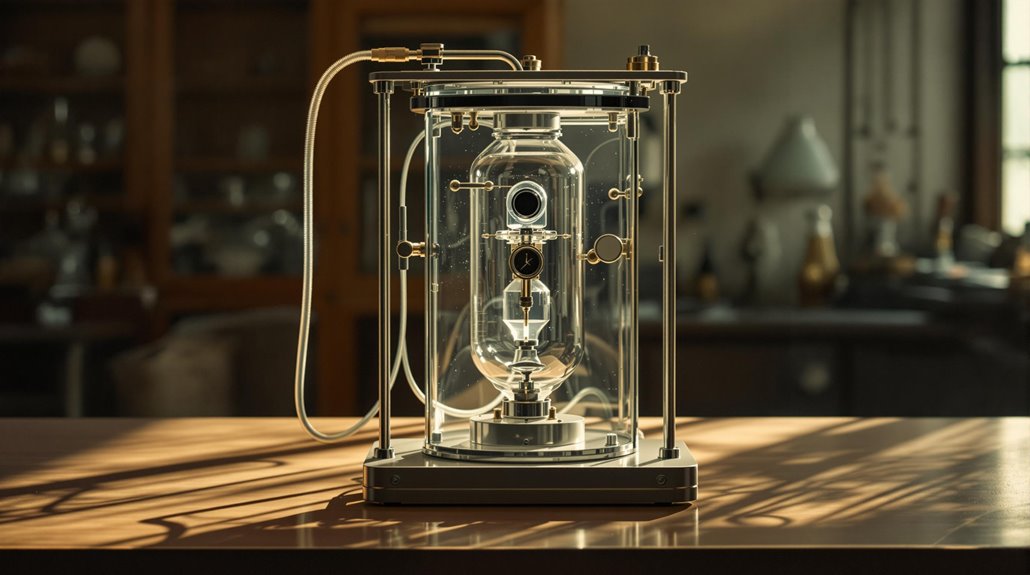
While most people know Charles Lindbergh for his historic transatlantic flight, his most lasting impact may be in the field of medical science. His personal motivation stemmed from a heart-wrenching familial influence – his sister-in-law Elisabeth Morrow's diagnosis with an inoperable heart valve defect in 1930. Like many investigative personalities, he approached this medical challenge with systematic analysis and problem-solving.
Driven by the desire to help Elisabeth, Lindbergh channeled his engineering expertise into medical research. He began exploring organ perfusion techniques and developed innovative concepts for maintaining organ life through arterial blood injection. Together with Dr. Carrel, he designed the first efficient perfusion pump that would revolutionize organ preservation research.
This quest led him to Dr. Alexis Carrel at the Rockefeller Institute, where their collaboration would reshape medical history. What started as a mission to help a family member evolved into groundbreaking research that would later revolutionize organ transplantation and open-heart surgery techniques.
From Aviation to Medicine: An Unlikely Partnership
Although Charles Lindbergh's shift from aviation pioneer to medical researcher seemed unlikely, his partnership with Dr. Alexis Carrel at the Rockefeller Institute proved that aviation advancements could inspire medical breakthroughs.
When Lindbergh's sister-in-law developed a heart condition in the early 1930s, he sought out Carrel, a Nobel Prize winner known for his tissue culture research.
The system they created maintained sterile pulsating circulation through living organs using compressed gas pressure and specialized glass components.
You'll find that their collaboration was uniquely powerful: Lindbergh brought his mechanical expertise, while Carrel contributed deep physiological knowledge.
The device featured an entirely glass design to enable easy sterilization of components.
Together, they developed the perfusion pump, which was used in over 1,000 experiments. Their work culminated in the 1938 publication "The Culture of Organs" and laid the foundation for modern open heart surgery.
Time magazine recognized their achievement, featuring their groundbreaking research on its June 1938 cover.
The Mechanics of the Revolutionary Perfusion Pump
The perfusion pump's elegant design revolutionized organ preservation through its remarkably simple yet effective mechanism.
You'll find the 18-inch Pyrex device divided into three chambers, with the organ housed at the top and perfusion liquid below, connected by a glass feed tube. The pump's fluid dynamics relied on gravity rather than mechanical parts, reducing contamination risks.
What made this device truly innovative was its pumping efficiency. It created a pulsating circulation that mimicked your heart's natural rhythm, while filtered air maintained the sterile environment. Similar to modern centrifugal blood pumps, this design proved essential for maintaining circulation in vital organs. The collaboration with Alexis Carrel in 1935 brought this groundbreaking device to life.
The all-glass construction meant you could easily sterilize it in an autoclave. While it had limitations, like the need for frequent fluid changes and lack of artificial kidney function, it greatly improved upon earlier motorized designs.
Only 20 were ever manufactured, making it a rare medical breakthrough.
Breaking New Ground in Organ Preservation
Building upon their groundbreaking perfusion pump design, Lindbergh and Carrel initiated an ambitious quest to revolutionize organ preservation in the mid-1930s. Their innovative system combined sterility with adjustable pressure and heart rate, while utilizing artificial blood developed at the Rockefeller Institute.
The experiments showed remarkable results, with organs remaining viable for up to twenty-one days in the perfusion pump system.
You'll find their work laid the foundation for modern preservation techniques that would transform transplant medicine.
Their collaborative efforts extended organ viability outside the body for unprecedented periods, allowing researchers to study organ physiology in ways never before possible.
While static cold storage would later become the clinical standard in the 1960s, Lindbergh and Carrel's pioneering work influenced countless medical advancements, from open-heart surgery to artificial heart technology.
Their achievements, documented in "The Culture of Organs," earned them a Time magazine cover and established their legacy in medical science. Initially motivated by his sister-in-law's mitral stenosis condition, Lindbergh's dedication to medical innovation would span decades.
The Scientific Legacy of an Aviator-Turned-Inventor
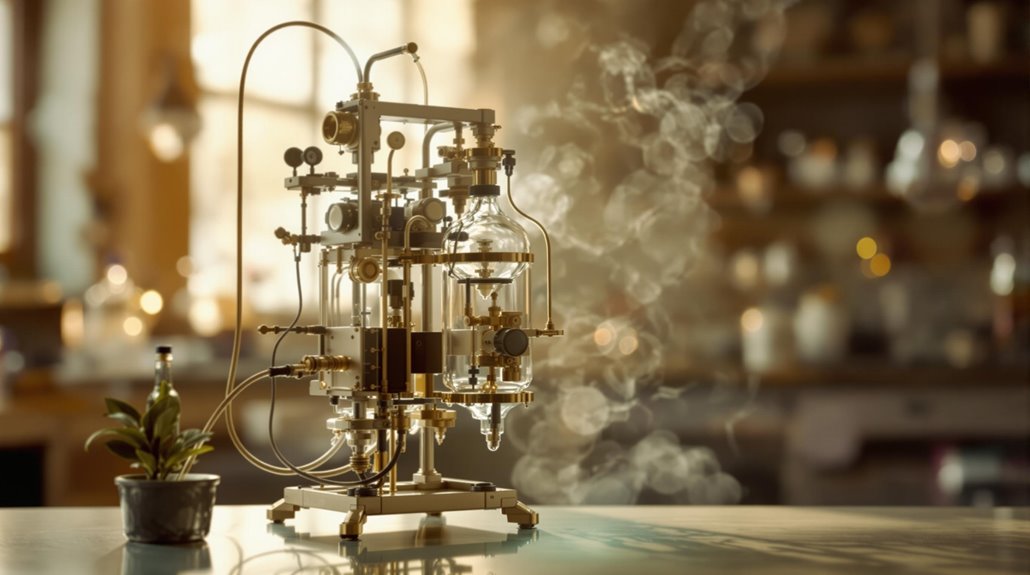
When heart disease struck Lindbergh's sister-in-law in 1931, few could have predicted that America's celebrated aviator would revolutionize medical science. His shift from aviation innovation to medical breakthroughs proved remarkably successful when he collaborated with Nobel Laureate Alexis Carrel at the Rockefeller Institute. Carrel and Lindbergh formed a powerful team, with Carrel perfecting fluids while Lindbergh engineered the delivery system.
You'll find Lindbergh's most significant achievement in his perfusion pump – an ingenious 18-inch Pyrex glass device that kept organs alive outside the body. The device's success in preserving a cat's thyroid gland for 18 days caught the scientific community's attention, leading to a Time magazine cover feature. Scientists and engineers gathered in Little Falls, Minnesota to commemorate his diverse contributions to both aviation and life sciences.
His invention laid the groundwork for modern transplant medicine, the heart-lung machine, and open-heart surgery. While you might know Lindbergh for crossing the Atlantic, his medical legacy continues to influence organ preservation techniques today.

